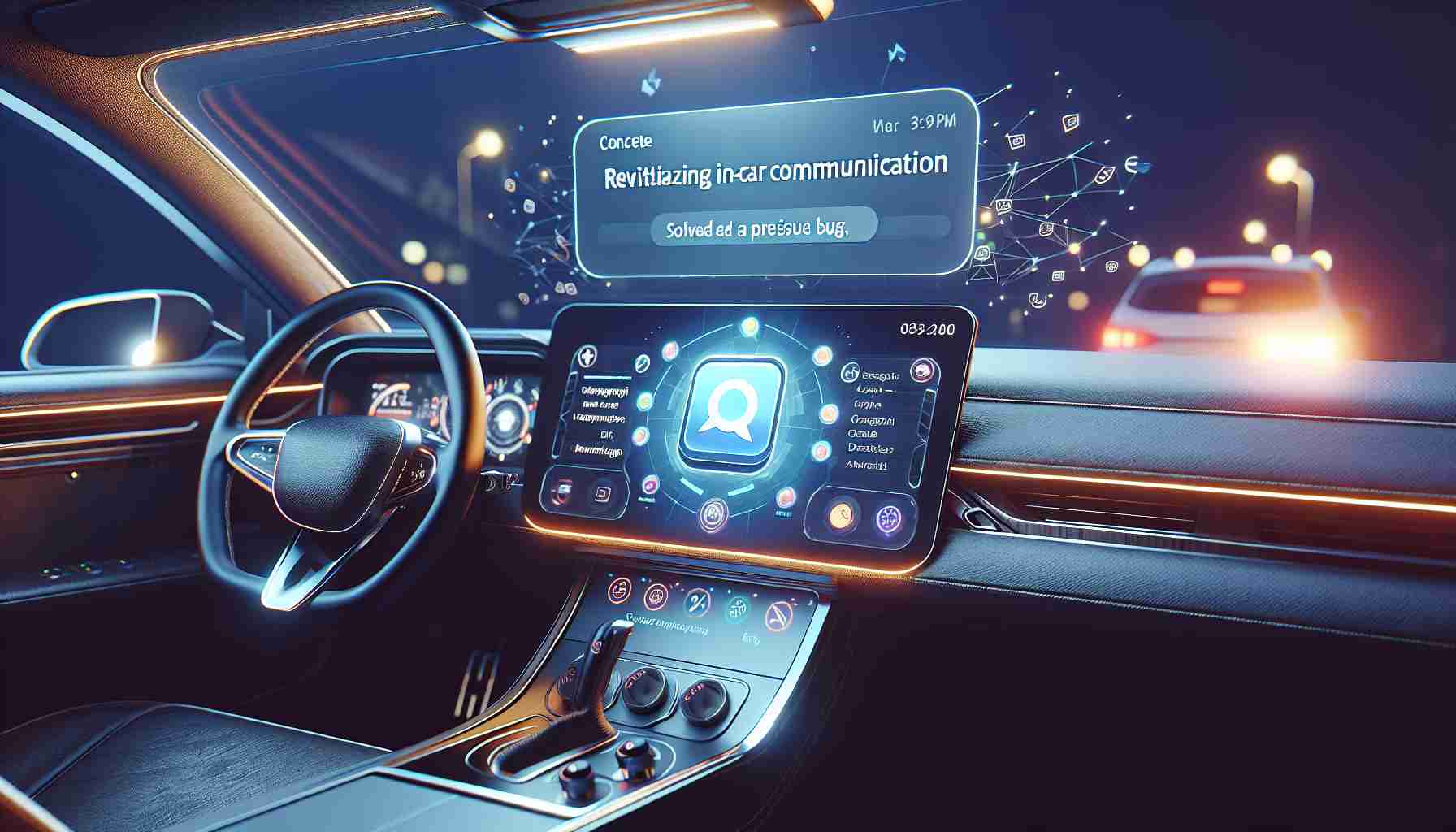In a significant turnaround by the developers behind Android Auto, a widespread issue causing headaches for drivers using WhatsApp has been swiftly addressed. With a well-known history of reliability concerns, this platform appears to be refocusing on improving user interaction and support.
Users of WhatsApp faced a frustrating obstacle when trying to send messages via Google Assistant while driving; the messages appeared to be sent but were never actually delivered. This flaw not only inhibited seamless communication but also posed a potential distraction as drivers might feel compelled to check their phones.
As part of the ecosystem that values hands-free utility, the Google Assistant integration within Android Auto is critical for safe driving practices. Hence, the importance of resolving such an issue could not be overstated. It was initially unclear whether Android Auto or the Google app itself was to blame, but clarification came with Google’s confirmation that the messenger app required an update.
To rectify the voice command disruption, users are directed to update their WhatsApp to version 2.24.8.79. This fix is obtainable via the Google Play Store, and reports from Google’s forums indicate the resolution restores functionality. As a precaution, updating Android Auto to its latest version, 11.7, is also advised, with the understanding that beta versions should be approached with the readiness for a potentially less polished experience.
Most Important Questions and Answers:
Q: What was the problem affecting WhatsApp on Android Auto?
A: The problem was that messages sent via Google Assistant appeared to be sent but were not actually delivered, thereby disrupting communication.
Q: How was the issue resolved?
A: The issue was resolved by updating WhatsApp to version 2.24.8.79, which users could download from the Google Play Store.
Q: Is it necessary to update Android Auto as well?
A: It is advised to update Android Auto to its latest version, 11.7, to ensure maximum compatibility and performance.
Key Challenges or Controversies:
The main challenge in this scenario was quickly diagnosing the issue and determining whether Android Auto or Google Assistant was at fault, which required clear communication from Google and a prompt response to user feedback.
Another issue involves the reliability of Android Auto in integrating with various apps, as users depend on its seamless operation for safety and convenience while driving. Frequent bugs can undermine trust in the platform.
Advantages and Disadvantages:
Advantages:
– The fix improves the overall user experience and safety as it reinstates the hands-free messaging feature, allowing drivers to stay focused on the road.
– It reinstates the key functionality of Android Auto, which is to provide safe, voice-activated controls and communications in the car.
Disadvantages:
– Users must proactively update their apps to resolve the issue, which is not always a seamless process.
– The problem might have caused inconvenience and potentially unsafe situations for users who attempted to use the feature while it was malfunctioning.
– It may reduce trust in Android Auto’s reliability and its integration with third-party apps.
Related Links:
– For information on Android Auto updates and features, visit Android Auto.
– To get the latest version of WhatsApp for Android, visit Google Play Store and search for WhatsApp.
– For official announcements or issues related to Google products, including Android Auto, refer to the Google Blog.
The source of the article is from the blog reporterosdelsur.com.mx
